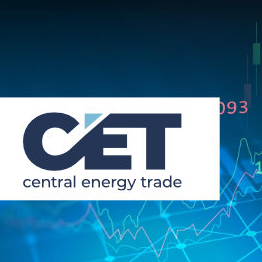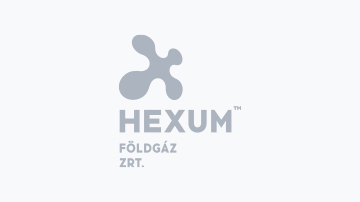
During the early stages of energy market liberalization in Hungary, HEXUM (between 2006 and 2020 named MMBF Plc.) faced a difficult challenge. It was already obliged by the EU directives and Hungarian laws to provide third-party access in 2010, even though regulation was still forming and was obviously going to be subject to constant change for the foreseeable future. The task at hand was challenging enough, given HEXUM’s scope of responsibilities (storing the nation’s strategic gas reserves, offering its storage capacities for commercial purposes, as well as managing nearby oil and gas production, which affected the UGS daily operation), and the constantly changing legal environment. The company faced a potential fine if they could not meet the National Regulatory Authority’s third-party access requirement within three months, raising the stakes even more.
It was clear to HEXUM that a traditional waterfall procurement approach would not hold up under the tight deadline and extreme uncertainty. We had been using agile development methods since our founding, and this approach had already been proven at the Hungarian TSO FGSZ. In our bid for the contract, we proposed a solution, somewhat radical at that time, based on agile methodology to guarantee the flexibility that was needed to deliver a functioning application on time.
Agile is an iterative, incremental development approach towards project management, one of the main goals of which is to produce measurable results rapidly through the pre-defined, iterative delivery of product features. The most important element of this methodology is the Product Backlog, a prioritized list of all project-related tasks that are needed for the functionality of the system. These tasks are called Stories. Each is assigned a numerical value called a Story Point, which provides a relative measure of the resource need, complexity and risk of realization of the Story.
Due to HEXUM’s unique predicament, the delivery methodology broke with the traditional IT practice and allowed deviations from the original specification, providing a more flexible, customer-friendly approach. At that time agile procurements were unheard of in Europe. Even now, a decade later, these types of procurements are still primarily found in the Nordic countries.
The final draft included Reference Stories suggested by Navitasoft in its annex, which served as a reference base if HEXUM ordered additional features. These Reference Stories in the Annex demonstrated how each Story had a specific goal, a business use case description, and a clearly defined acceptance criteria that provided additional detail. Ensuring mutual understanding regarding the contents of each Story was of paramount importance, as financial settlement between parties was also set in Story Points.
The negotiation-based, incremental approach proved advantageous for HEXUM, and we were able to agree on an agile contract. Thanks to the constant flow of information between the customer and our team, it was possible to effectively weigh the importance of features and tasks, always keeping the most essential functions on top of the Product Backlog and fulfilling regulatory requirements. Through our use of agile methodology we were able to deliver a functioning system within the 3-month deadline and on budget. At later stages regulatory changes have been addressed with the same efficiency and speed: we could change the system’s logic from m3 to energy volume (MJ), later to kWh which involved much more than simple multiplication, not to mention the change from daily to hourly nominations and allocations.
The system went on-line in March 2010, and HEXUM was extremely satisfied with the end result. Mr. Gyula Fábián, gas logistics expert at HEXUM stated, “The way Navitasoft implemented digitalization (virtualization) of commercial functionalities to our physical asset, exceeded our expectations, making it possible for us to deliver more value for our clients. Over the decade-long cooperation we have had several cases when we needed quick, stable solutions to adapt to new market challenges or regulatory changes. Just recently the Navitasoft team provided valuable support to analyze the latest customs regulatory requirements, and proposed a solution that fulfilled both National Regulatory Authority requirements as well as our internal expectations. On top of it all, it was delivered in a timely manner, with in-depth understanding of the business processes, significantly easing our testing efforts and internal resource commitment.
“Since then the platform has undergone a significant user interface update, the two virtual storage sites (commercial and strategic reserves), were extended with a further functionality to offer both dutiable and duty-free commercial storage space. Navitasoft has constantly kept the system up to date to ensure compliance with regulations. During the most recent challenge Navitasoft took efficient measures to ensure business continuity in pandemic conditions, providing support and system updates for its critical infrastructure without any disruptions.”
About HEXUM
HEXUM Natural Gas Plc. was founded as MMBF Plc. in 2006 by the Hungarian Hydrocarbon Stockpiling Association. The company’s most important business activity is to function as the strategic natural gas storage facility in Hungary, and it also serves as a commercial gas storage facility as well as a customs warehouse for transit gas arriving from countries outside the EU. The company name changed on December 1, 2020, from MMBF to HEXUM Natural Gas.





